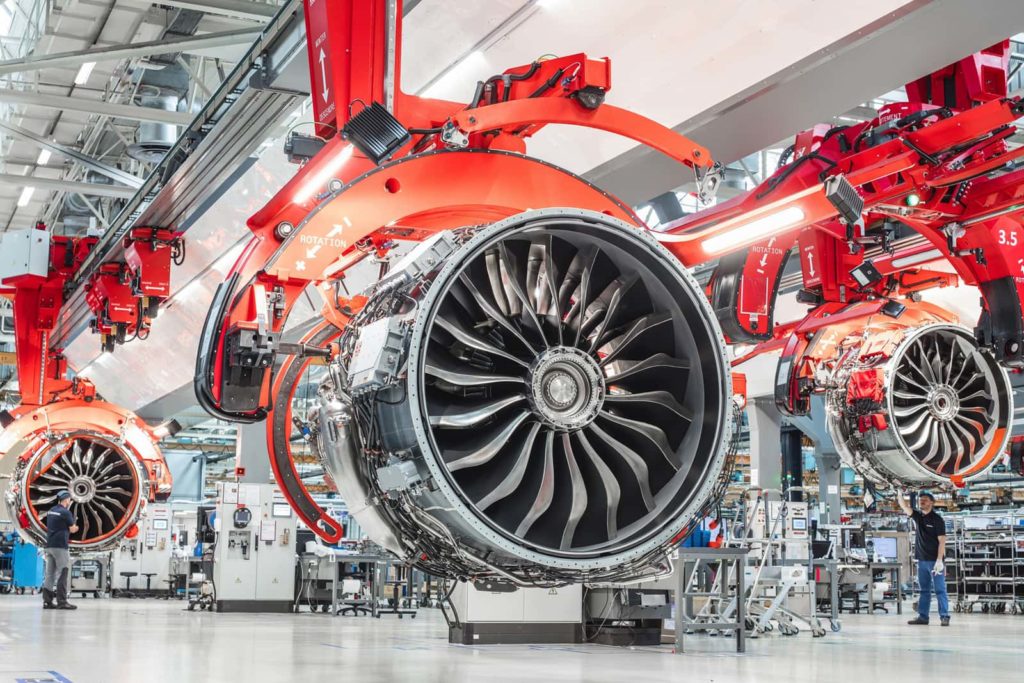When selecting companies for Sifter Fund, we place a strong emphasis on barriers to entry. These barriers not only fortify a company’s business model but also offer a safe haven for investors seeking predictability, higher margins, and lower risk in their portfolio.
Investing with lower risk and better returns is a desirable outcome for any investor. One way to achieve this is by identifying companies with strong entry barriers.
Companies with high barriers to entry are often better protected from new competition and this often leads to more predictable and stable earnings and thus making them a safer choice for investments.
Barriers to entry in a nutshell
- a company can enjoy a protected market with less competition, allowing them to charge higher prices and increase profits.
- High entry barriers reduce price competition, as new firms may find it difficult to enter the market and compete on price.
What are the typical walls that prevent competition and protect the company from price competition and give room to grow the business in peace?
Typical barriers to entry
- Regulatory protection
- Geographical protection
- Technological protection
- Patent protection
- High market share in a niche market protection
- High capital requirements
- Cumulative learning curve
- Long-term contracts
Let’s take a closer look at these different barriers to entry through examples.
High regulatory barrier to entry: example from aviation industry
Safran is a French aircraft manufacturer whose engines are used in aircraft built by Airbus and Boeing. Aviation is one of the most closely regulated industries, and all parts and suppliers used there must pass tests by numerous authorities.
For a new competitor, it would require a massive amount of time and money to enter this highly regulated sector.
In addition to regulations, Safran also holds a large portfolio of patents and other intellectual property that protect their technology and products from the competition.

Safran Leap Engine © Adrien Daste, Safran
Geographical barriers to entry: provided by more than 30,000 kilometers of railway tracks
Canadian National Railway is one of North America’s major freight train companies. Canadian National has built and owns an extensive rail network that spans across Canada and the United States.
It is very unlikely that the competitors would build their tracks in the same areas, or even get permission for it.
Canadian National has also invested heavily in infrastructure, such as terminals, and intermodal facilities around its rail network, which would be costly and time-consuming for new competitors to replicate.

© Canadian National Railway Company
High capital requirements and a long learning curve are a tough combination to beat
The Sifter portfolio includes several semiconductors companies. For example, TSMC, the world’s largest independent chips foundry operates in Taiwan.
The barriers to entering the industry are high because the construction of a new “chip foundry” costs more than €10 billion.
Even if money is not an obstacle to entering this market, the cumulative learning curve is an even more important obstacle. Manufacturing high-end chips are very difficult and it takes several years to refine the production and testing processes to the level where you can produce flawless microchips.
Long-term contracts create high barrier to entry
VeriSign has a very simple business model which is protected by high entry barriers imposed by regulatory authorities.
VeriSign owns exclusive rights to sell “.com” and “.net” domain names, among others.
VeriSign’s right to these .com and .net domains is guaranteed by the non-profit organization ICANN and the U.S. department of commerce – securing this company’s monopoly over this market. The contract is reviewed every 6 years and very often includes rights for price hikes.
What other qualitative criteria do we apply when evaluating Quality companies to Sifter portfolio?
When we look for quality companies for Sifter’s portfolio, we study the quality criteria of a company for a long time and diligently. In addition to barriers to entering the industry, we focus especially on
- Earning models – how does the company make money?
- Competitive advantages – Why a company can improve its earnings even more
- Growth prospects – where does the revenue growth come in coming years
To deepen your understanding of our investment strategy, be sure to check out our guide on “Long-Term Quality Investing” for an in-depth look at our approach to quality investing.
Disclaimer: Sifter Global Fund is/has been invested in Safran, Canadian National Railway, TSMC, Versisign.


